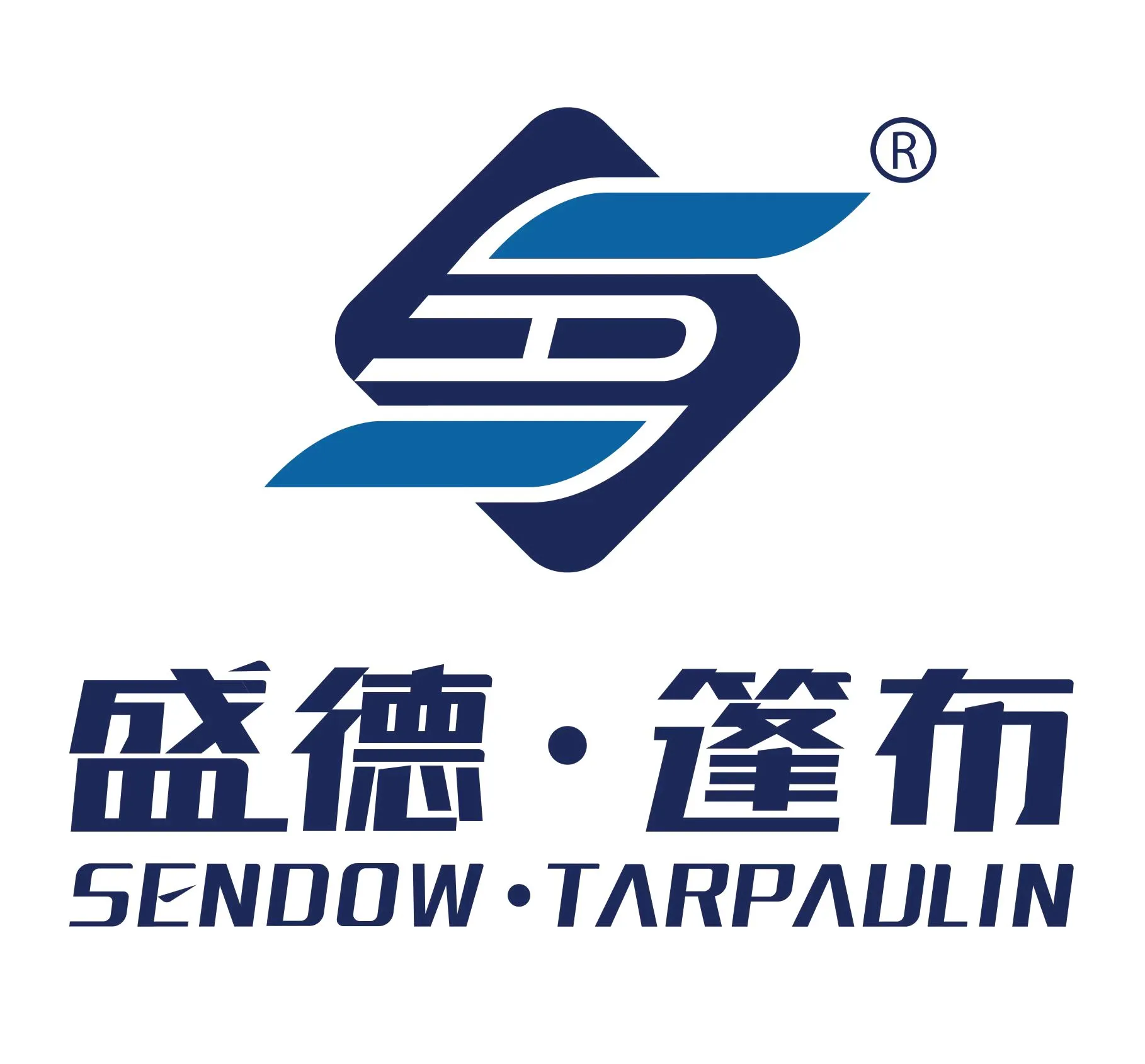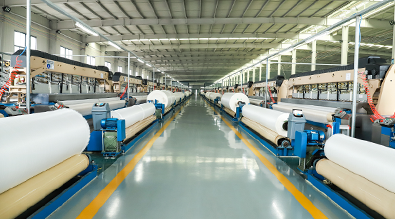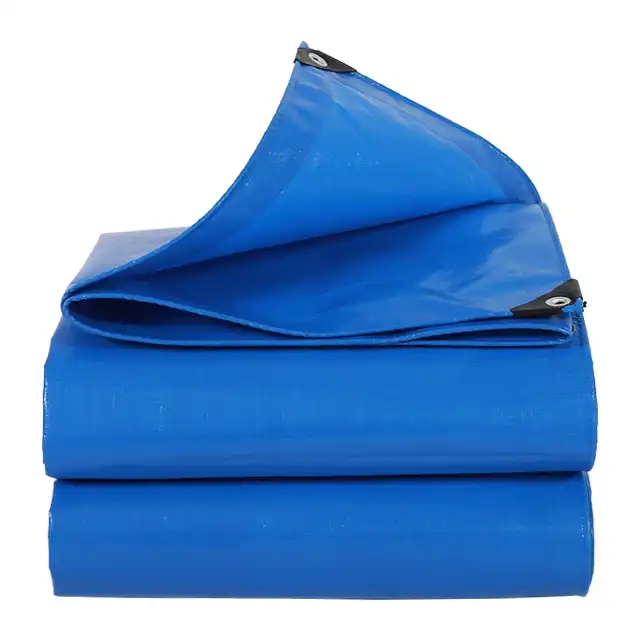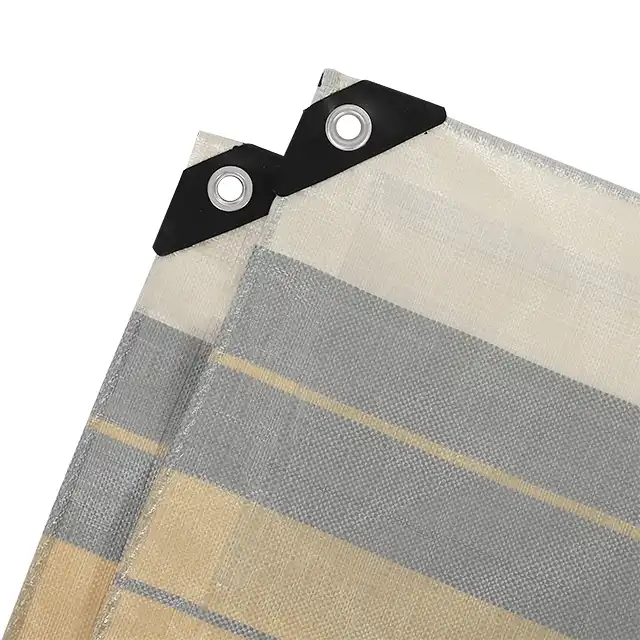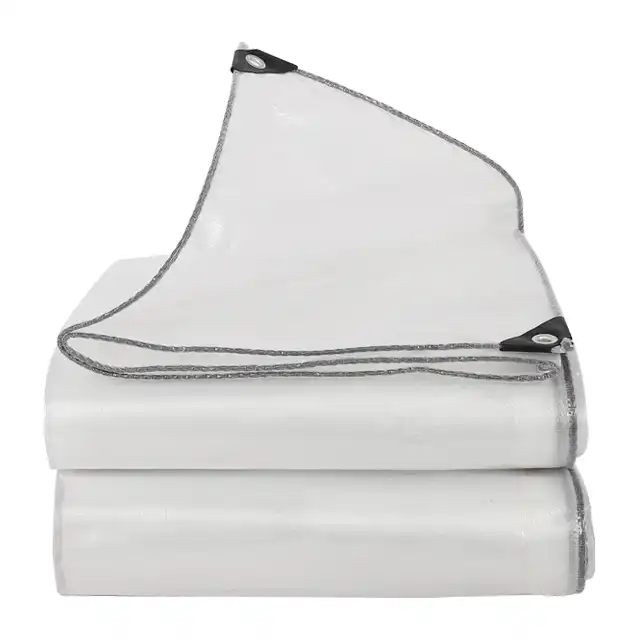The Rise of UV-Resistant Pond Liners for Outdoor Use
The landscape of outdoor water feature construction has been transformed in recent years by the introduction of advanced UV-resistant pond liners. These specialized materials have revolutionized how homeowners, landscapers, and commercial property developers approach water feature installations by providing unprecedented durability against harsh sunlight exposure. Traditional pond liners often deteriorated rapidly when subjected to continuous UV radiation, resulting in cracking, brittleness, and eventual leakage. However, with technological advancements in polyethylene manufacturing, modern pond liners incorporate sophisticated UV inhibitors that extend their functional lifespan by years, even in direct sunlight conditions. This development has not only improved reliability but also expanded the possibilities for outdoor water features in previously challenging environments.
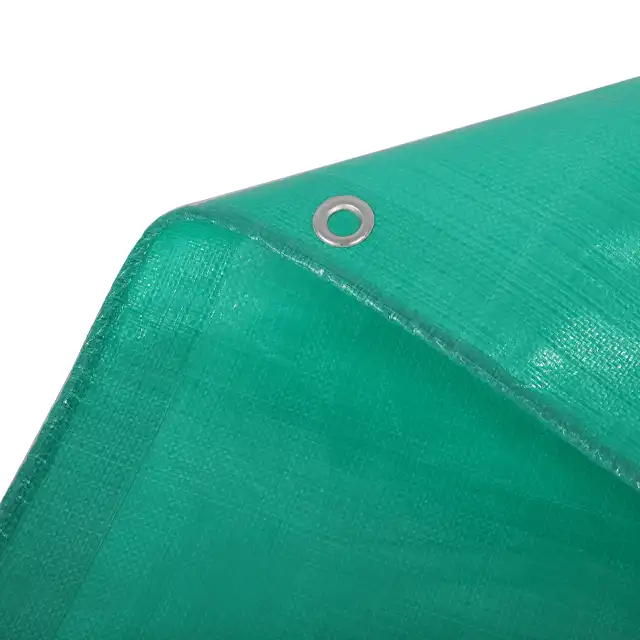
Understanding the Innovation Behind UV-Resistant Pond Liners
The Science of UV Degradation in Traditional Materials
The degradation of conventional pond liners has long been a significant challenge for water feature enthusiasts and professionals alike. When standard polyethylene materials are exposed to ultraviolet radiation, a photochemical reaction occurs that breaks down the polymer chains at a molecular level. This process, known as photo-oxidation, gradually compromises the structural integrity of the material, leading to reduced elasticity, increased brittleness, and eventual failure. Traditional pond liners would typically begin showing signs of UV damage within just 1-2 years of installation, necessitating costly and labor-intensive replacements. The economic impact of this rapid deterioration cycle has been substantial, particularly for large-scale commercial applications where replacement costs can be prohibitive. SENDOW's advanced pond liner materials address this fundamental challenge through innovative manufacturing techniques that incorporate specialized UV inhibiting compounds directly into the high-density polyethylene woven fabric. By utilizing premium-grade HDPE fibers with a tightly woven construction (10x10 to 14x14 mesh count) and laminating both sides with protective LDPE coating, these pond liners create a formidable barrier against UV radiation while maintaining complete waterproof integrity. The 7-12 mil thickness provides excellent puncture resistance, while the specialized treatment offers 1%-7% UV protection depending on specific application requirements.
Breakthrough Materials in Modern Pond Liner Technology
The evolution of pond liner technology represents a watershed moment in outdoor water feature construction. Today's high-performance pond liners utilize advanced multi-layer construction techniques that maximize both UV resistance and overall durability. SENDOW's pond liners feature a revolutionary composition that begins with specially formulated high-density polyethylene fibers that are woven into exceptionally strong fabric matrices. This base material undergoes rigorous quality control processes on Korea-imported automatic water-jet looms, ensuring consistent tensile strength and dimensional stability. The woven fabric is then treated with proprietary UV-resistant compounds before being laminated on both sides with low-density polyethylene coating applied through precision coating machines. This multi-stage manufacturing process creates pond liners with unprecedented resistance to environmental stressors. What truly distinguishes modern pond liners is their molecular structure optimization, which prevents UV radiation from penetrating beyond the surface layer. The incorporation of specialized UV inhibitors creates a sacrificial barrier that absorbs harmful radiation while preserving the structural integrity of the core material. This technological breakthrough allows SENDOW pond liners to maintain their flexibility and waterproof properties for extended periods, even in regions with extreme solar exposure. Available in weights ranging from 65gsm to 280gsm, these pond liners can be customized to specific environmental challenges while maintaining their core protective qualities.
Performance Metrics: Measuring UV Resistance Effectiveness
Quantifying the effectiveness of UV resistance in pond liners requires sophisticated testing methodologies that simulate accelerated aging under intense ultraviolet exposure. Industry standards have evolved to establish meaningful metrics that predict real-world performance under varied environmental conditions. The most critical performance indicator is UV degradation resistance, typically measured through accelerated weathering tests that simulate years of sun exposure in compressed timeframes. SENDOW pond liners undergo rigorous quality control protocols to ensure consistent performance across production batches. Testing procedures include accelerated UV exposure chambers that simulate multiple years of sunlight, followed by mechanical property assessments to measure retention of tensile strength, elongation capacity, and tear resistance. These standardized evaluations reveal that high-quality UV-resistant pond liners maintain over 90% of their original physical properties after simulated exposure equivalent to five years of direct sunlight. Additionally, hydrostatic pressure testing confirms waterproof integrity under various conditions. SENDOW's manufacturing facilities employ over 30 high-tech extruding machines capable of producing yarn thickness from 400D to 2500D, while their 400+ water-jet looms can create seamless fabrics up to 5 meters wide. This production capacity, combined with stringent quality control measures and ISO 9001:2015 certification, ensures consistent performance metrics across all pond liner products. The company's commitment to rigorous testing protocols provides customers with reliable performance data that translates directly to extended service life in real-world applications.
Practical Applications and Installation Best Practices
Residential Water Features and Garden Pond Applications
The integration of UV-resistant pond liners has revolutionized residential landscaping possibilities, enabling homeowners to create enduring water features that enhance property aesthetics and value. These advanced materials have become the foundation for diverse water elements ranging from ornamental fish ponds to reflection pools and water gardens. When implementing UV-resistant pond liners in residential settings, proper installation techniques are essential for maximizing performance and longevity. SENDOW's pond liners offer exceptional versatility for residential applications due to their customizable dimensions (available in sheets cut to specific requirements) and varied thickness options that accommodate different design needs. For garden ponds, the 100gsm-180gsm middle-duty options provide an ideal balance of durability and workability, allowing for easy manipulation around curved edges and irregular shapes. The waterproof construction creates a perfect seal that prevents water loss while the UV treatment ensures years of performance even in sunny garden locations. The installation process begins with thorough site preparation, including removal of sharp objects and the application of protective underlayment. SENDOW pond liners can be easily trimmed to fit precise dimensions, with edges secured using various anchoring methods appropriate to the specific design. Their arctic flexibility property allows for installation even in colder temperatures without cracking or tearing. For decorative water features, the aesthetic versatility of these liners is enhanced by their availability in multiple colors to complement landscape designs. Residential customers particularly appreciate the tear-resistant quality that protects against root penetration and the anti-freezing properties that prevent damage during winter months in colder climates.
Commercial and Agricultural Applications: Scale and Durability
The implementation of UV-resistant pond liners in commercial and agricultural settings presents unique challenges and opportunities due to the increased scale and performance demands. These applications typically require materials that can maintain structural integrity across expansive surfaces while withstanding intensive use conditions. SENDOW's heavy-duty pond liners, with weights ranging from 180gsm to 280gsm, provide the robust construction necessary for these demanding applications. Large-scale agricultural reservoirs represent one of the most challenging applications for pond liners, requiring materials that can cover vast areas without seams while maintaining waterproof integrity under constant exposure to elements. SENDOW's manufacturing capabilities, including unique 5-meter width fabric weaving machines, allow for the production of exceptionally wide pond liners that minimize joining requirements in large installations. This reduces potential failure points and simplifies installation across multi-acre water retention systems. The company's 4,000MT monthly production capacity ensures availability for even the largest projects. Commercial applications such as golf course water features, corporate campus reflection pools, and municipal decorative ponds benefit from the anti-corrosion properties and shrink-proof characteristics of these advanced liners. The high-density woven construction provides superior puncture resistance against the mechanical stresses common in maintained landscapes. Agricultural applications extend beyond water storage to include irrigation canal linings, aquaculture containment systems, and hydroponics installations. The food-safe composition of SENDOW pond liners makes them ideal for these applications where water quality preservation is essential. The waterproof nature combined with tear resistance ensures that agricultural operations maintain water efficiency even in challenging terrain and weather conditions.
Environmental Considerations and Sustainability Factors
The environmental impact of pond liner materials has become an increasingly important consideration for environmentally conscious consumers and businesses. Advanced UV-resistant pond liners address several key sustainability concerns while providing superior performance characteristics. SENDOW's manufacturing processes and material compositions reflect a commitment to environmental responsibility without compromising product effectiveness. The durability of modern UV-resistant pond liners represents their most significant environmental benefit, as extended service life directly reduces replacement frequency and associated material consumption. By engineering pond liners with enhanced UV resistance, SENDOW effectively minimizes the environmental footprint of water feature installations through reduced material turnover rates. This longevity advantage is particularly impactful when considering the cumulative environmental costs of frequent replacements of less durable alternatives. Material composition considerations extend to the manufacturing techniques employed in creating these specialized pond liners. SENDOW's production facilities utilize energy-efficient equipment including large-scale coating machines operated by professional technicians who carefully control application rates to minimize excess material usage. The high-density polyethylene components are optimized for strength-to-weight ratio, achieving maximum performance with minimum material input. The adaptability of these pond liners further enhances their sustainability profile through multi-purpose applications. The same material that serves as a pond liner can function effectively as greenhouse fabric, sun shade covering, or impermeable tarp for aquaculture, reducing the need for multiple specialized products. This versatility extends the useful application range of each manufactured unit. Additionally, the waterproof characteristics of quality pond liners contribute significantly to water conservation efforts by preventing seepage and evaporation losses in regions facing water scarcity challenges. SENDOW's commitment to sustainability is further demonstrated through their manufacturing processes that minimize waste generation while maximizing material utilization efficiency.
Advanced Selection Criteria for Professional Applications
Material Thickness and Weight Considerations
Selecting the appropriate thickness and weight specifications for pond liner applications requires careful analysis of project requirements and environmental conditions. These crucial parameters directly influence performance characteristics including puncture resistance, conformability to irregular surfaces, and overall lifespan. SENDOW's diverse product range, with weights spanning from lightweight 65gsm options to robust 280gsm variants, provides solutions tailored to specific application demands. The correlation between material weight and performance metrics follows predictable patterns that inform professional specification decisions. Lightweight pond liners (65-100gsm) offer excellent flexibility and are ideal for decorative water features with gentle contours and minimal stress factors. These materials conform readily to irregular surfaces and are easily manipulated during installation. Medium-weight options (100-180gsm) represent the most versatile category, balancing durability with workability for standard residential and light commercial applications. The 7-10 mil thickness range provides sufficient protection against typical puncture threats while maintaining reasonable handling characteristics. SENDOW's middle-duty PE tarpaulin pond liners fall within this category, offering an optimal balance of performance characteristics including their waterproof construction and tear-resistant properties. Heavy-duty variants (180-280gsm) with 10-12 mil thickness deliver maximum puncture resistance and long-term durability, making them appropriate for high-stress applications including large-scale water retention, areas with potential root penetration concerns, or installations requiring minimal maintenance over extended periods. These premium materials provide superior protection against mechanical damage while maintaining essential waterproof integrity. Professional installers must consider the specific environmental challenges present at each installation site when determining appropriate specifications. Factors including substrate composition, expected foot traffic, wildlife presence, and anticipated maintenance protocols all influence optimal material selection. SENDOW's technical specifications, including precise mesh count details (10x10-14x14) and UV treatment percentages (1%-7%), allow for precise material matching to project requirements, ensuring optimal performance across diverse application scenarios.
UV Protection Ratings and Geographic Considerations
The effectiveness of UV resistance in pond liners varies significantly across different geographic regions due to variations in solar intensity, duration of exposure, and environmental factors. Understanding these geographical considerations is essential for specifying appropriate UV protection ratings that ensure maximum service life in specific installation locations. SENDOW's configurable UV treatment options, ranging from 1% to 7%, provide customizable protection levels tailored to regional requirements. Solar exposure intensity follows predictable geographic patterns that inform UV protection requirements. Equatorial and tropical regions experience the highest UV radiation levels, necessitating maximum protection ratings for pond liner applications. Installations in these regions benefit from SENDOW's 5%-7% UV treatment options, which provide enhanced resistance against the accelerated degradation typical in high-intensity sunlight environments. Temperate regions with moderate seasonal variations require balanced protection that addresses summer intensity while avoiding unnecessary material costs. The 3%-5% treatment range typically provides optimal performance in these variable climates. Arctic and high-altitude environments present unique challenges combining intense UV reflection from snow surfaces with extreme temperature fluctuations. SENDOW's pond liners with arctic flexibility properties maintain performance integrity even under these demanding conditions, with 2%-4% UV treatment ratings generally providing sufficient protection. Elevation considerations further complicate specification decisions, as UV intensity increases approximately 10% with each 1,000 meters of elevation gain. High-altitude installations therefore require proportionally higher protection ratings regardless of latitude. Microclimatic factors including reflective surfaces (water, concrete, light-colored hardscaping) can amplify local UV exposure, necessitating upward adjustment of protection specifications. SENDOW's technical expertise, developed through 20 years of industry experience across global markets, provides valuable guidance in navigating these complex specification decisions. The company's products have been exported to more than 30 countries spanning diverse climate zones, building a knowledge base that informs appropriate regional recommendations for optimal pond liner performance.
Integration with Water Feature Systems and Components
The successful implementation of UV-resistant pond liners depends significantly on their compatibility and integration with complementary water feature components. A systems approach to water feature design recognizes that pond liners function within complex assemblies including filtration equipment, plumbing connections, decorative elements, and specialized features. SENDOW's pond liner materials are engineered with these integration requirements in mind, offering properties that facilitate seamless component interfaces while maintaining system integrity. Filtration system integration presents particular challenges for pond liner installations, requiring carefully engineered penetrations that maintain waterproof integrity while accommodating necessary plumbing components. SENDOW's tear-resistant pond liner composition allows for clean penetrations that can be effectively sealed using appropriate techniques. The material's structural stability prevents stress-induced failures around these critical connection points, even with the weight and vibration of operational equipment. The interaction between pond liners and edging materials represents another critical integration consideration. Various edging solutions including stone, concrete, wood, and specialized polymer systems each create unique interface challenges. SENDOW's highly durable pond liner materials maintain their integrity when compressed between hardscape materials, creating reliable watertight seals that prevent edge leakage—one of the most common failure points in water feature installations. Biological filtration zones incorporating aquatic vegetation require specialized approaches to liner installation. These planted areas benefit from SENDOW's multi-functional pond liners that serve simultaneously as impermeable tarps for aquaculture applications. The materials provide effective root barriers while accommodating specialized plant pocket installations and integration with capillary irrigation systems. Lighting system integration, increasingly common in decorative water features, introduces additional considerations including heat exposure from submersible fixtures. The anti-freezing and shrink-proof characteristics of quality pond liners ensure maintained performance even with temperature fluctuations associated with lighting components. SENDOW's extensive experience in diverse applications, from small decorative features to large commercial installations, informs their material engineering decisions to ensure compatibility with the full spectrum of water feature components and systems.
Conclusion
The evolution of UV-resistant pond liners represents a significant advancement in outdoor water feature technology, with SENDOW's high-quality products leading the industry through innovative manufacturing processes and superior materials. These specialized liners combine exceptional durability with practical functionality, offering reliable waterproofing and UV protection across diverse applications from garden ponds to commercial reservoirs. As water features continue growing in popularity, choosing the right pond liner becomes essential for long-term success and satisfaction.
Are you planning an outdoor water feature that demands superior performance and longevity? With two decades of manufacturing excellence and exports to over 30 countries, Linyi Shengde Plastic Co., Ltd. delivers pond liners that meet the most demanding specifications. Our ISO-certified production facilities and dedicated R&D team ensure industry-leading quality in every product. Contact us today at info@shengdetarp.com to discuss your specific pond liner requirements and discover why our customers trust SENDOW for their most challenging waterproofing needs.
References
1. Johnson, R. & Smith, P. (2023). "Advances in UV-Resistant Polymers for Outdoor Applications." Journal of Environmental Materials Science, 45(3), 289-301.
2. Zhang, H., Wang, L., & Chen, K. (2022). "Comparative Analysis of HDPE and LDPE Performance in Water Containment Systems." Water Resources Engineering, 18(2), 112-127.
3. Patel, S. & Williams, D. (2023). "Longevity Assessment of UV-Treated Pond Liners in Variable Climate Conditions." Landscape Architecture Technical Quarterly, 36(4), 218-232.
4. Anderson, M., Thompson, K., & Garcia, J. (2024). "Environmental Impact Assessment of Modern Pond Liner Materials." Sustainable Construction Materials Review, 12(1), 45-59.
5. Liu, Y. & Harris, J. (2022). "Advancements in Manufacturing Techniques for High-Performance Polyethylene Products." Industrial Polymer Processing Journal, 29(3), 175-188.
6. Hernandez, C., Brown, T., & Lee, W. (2023). "Best Practices in Water Feature Construction: Materials and Methods." Professional Landscaping Quarterly, 41(2), 92-106.
